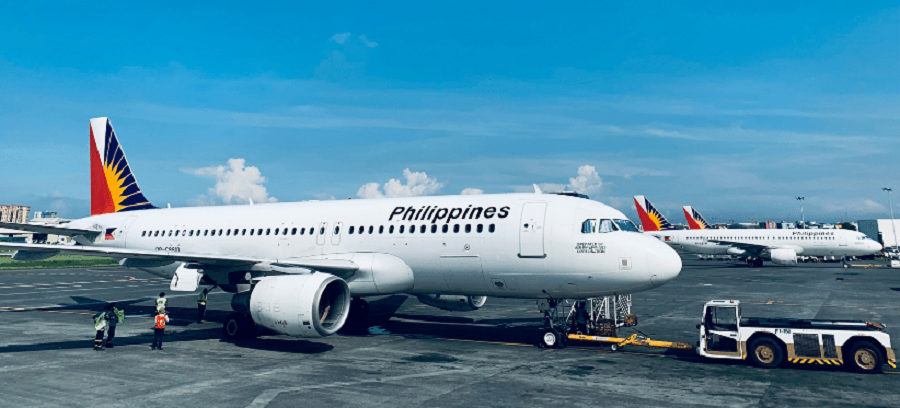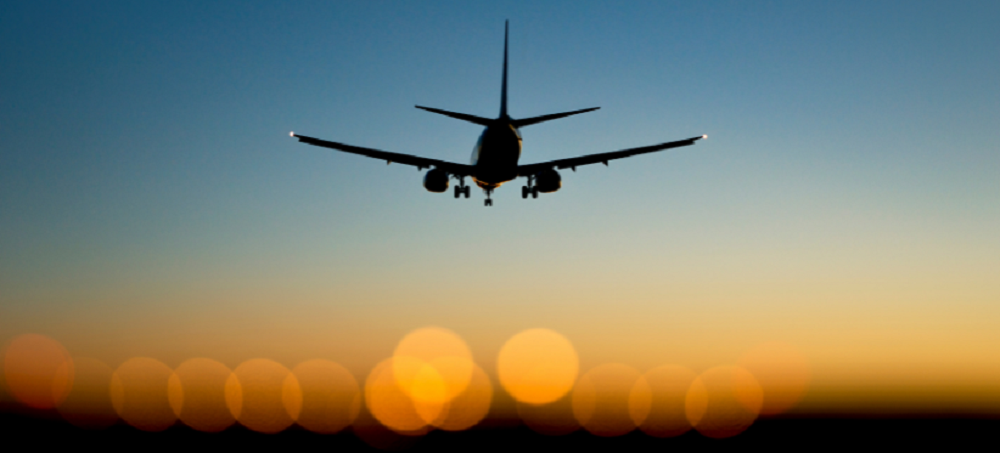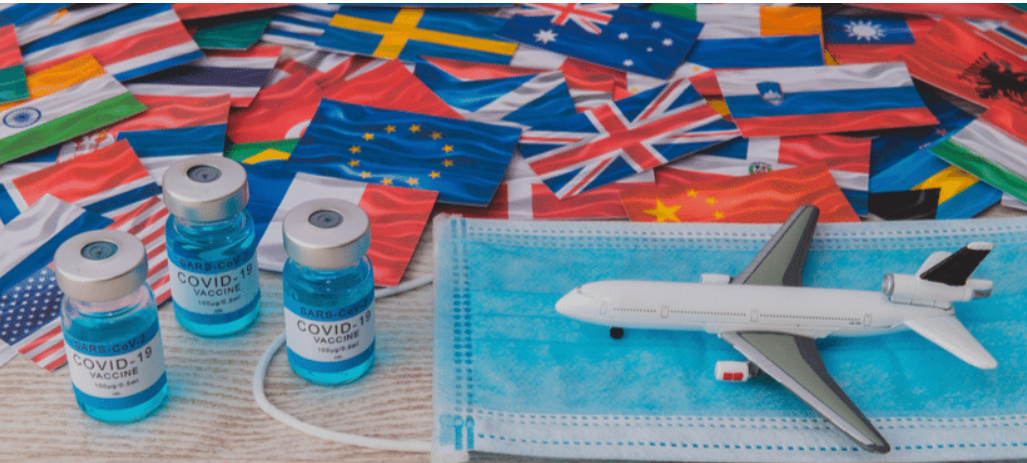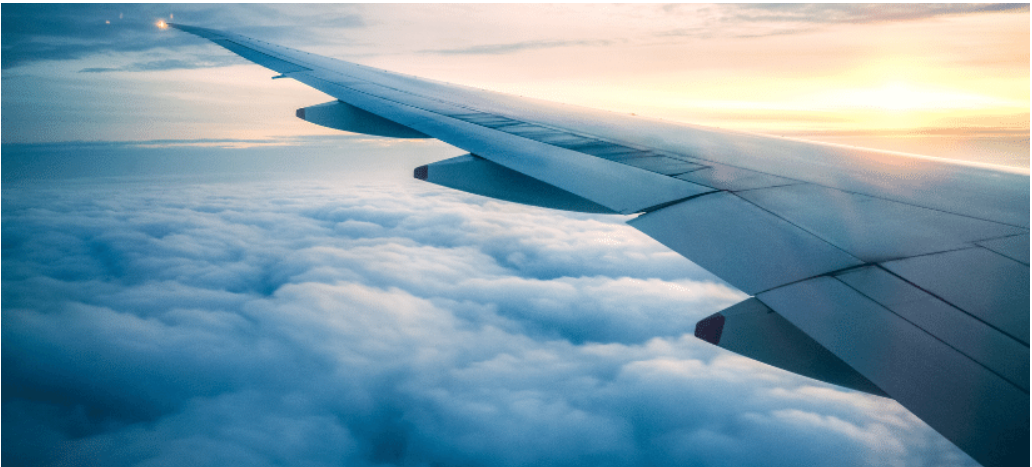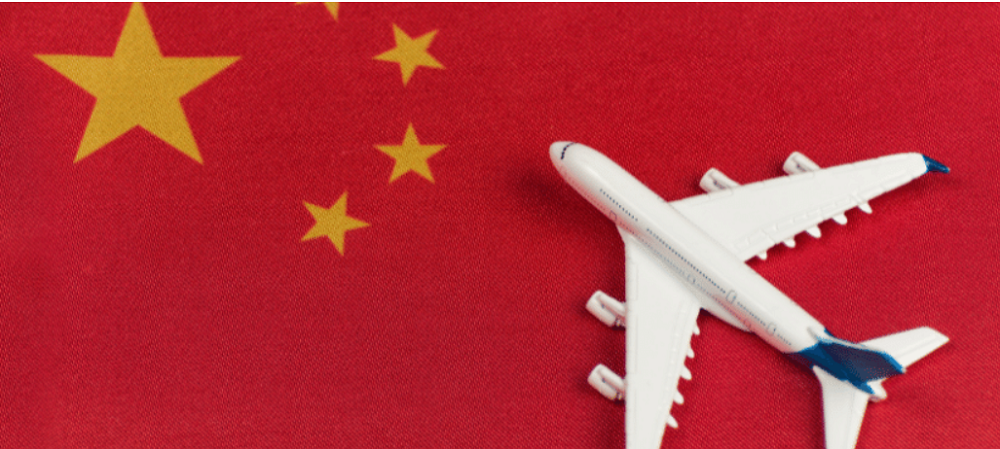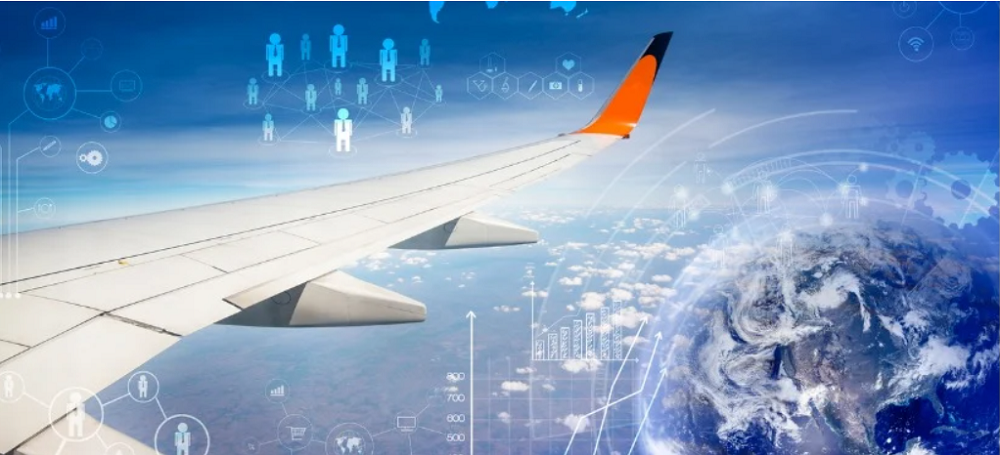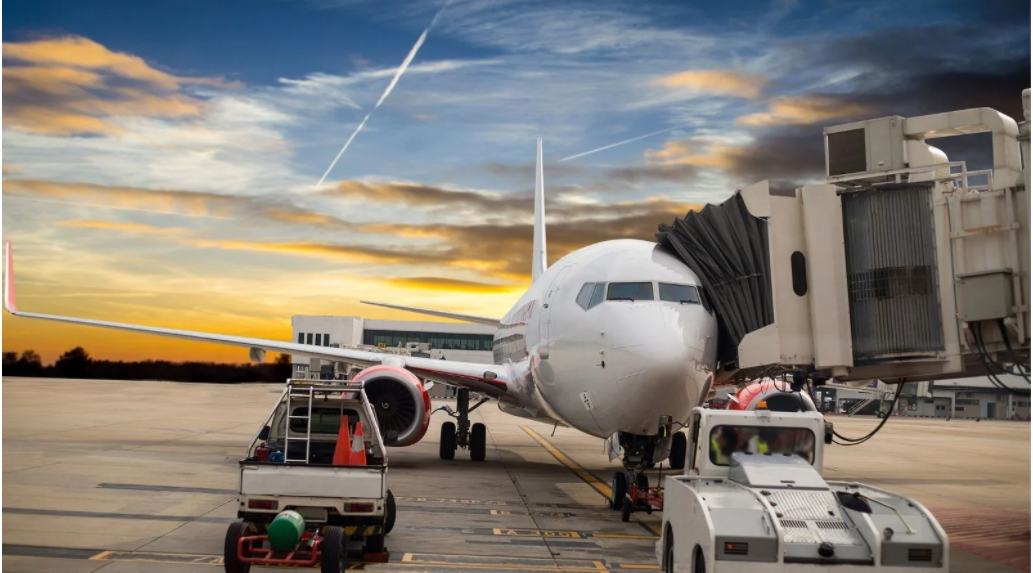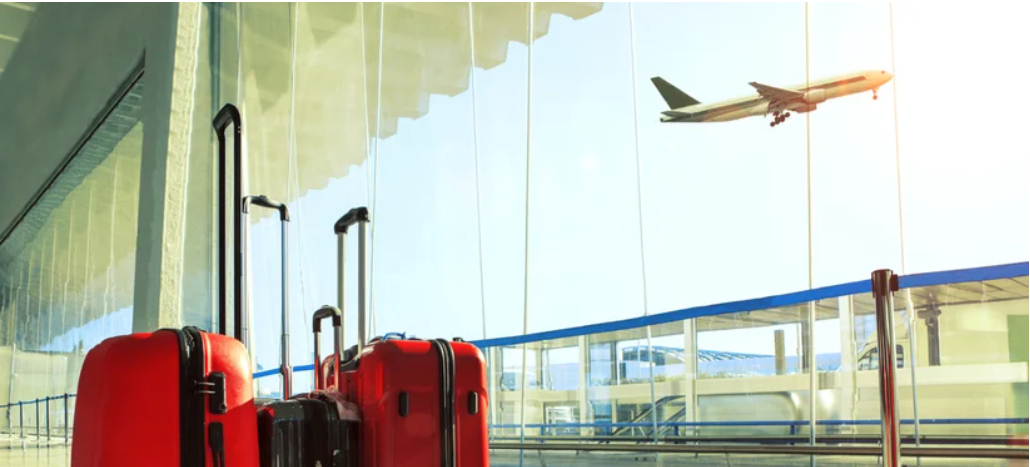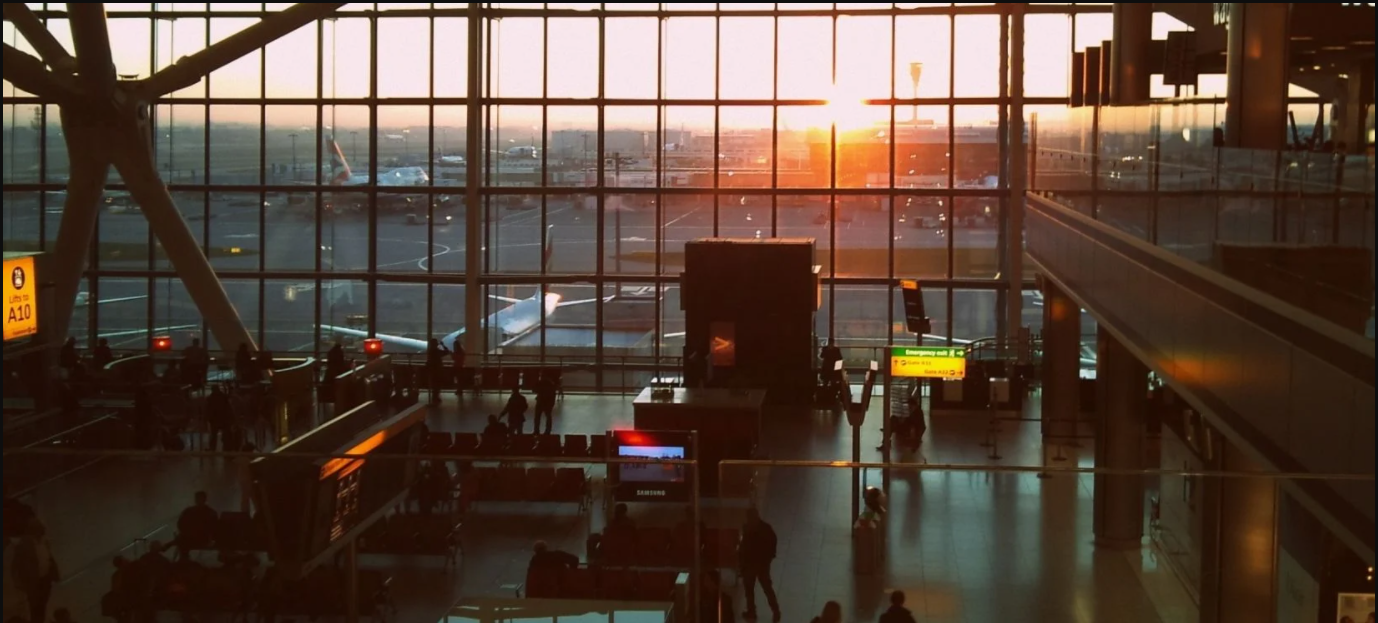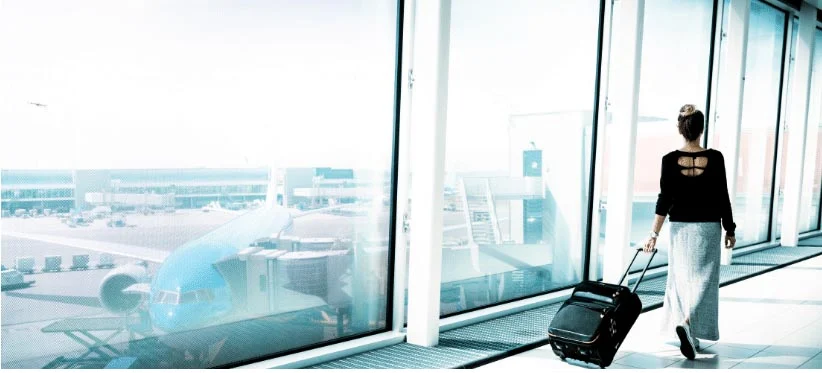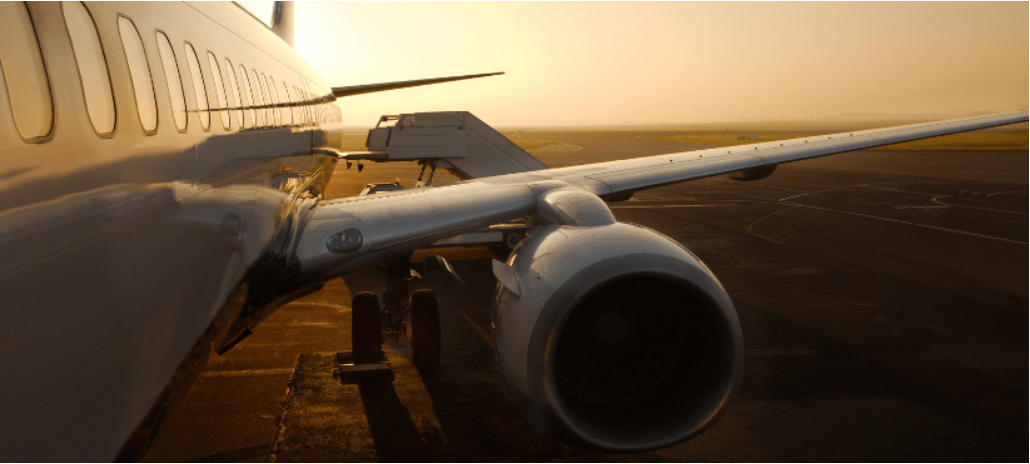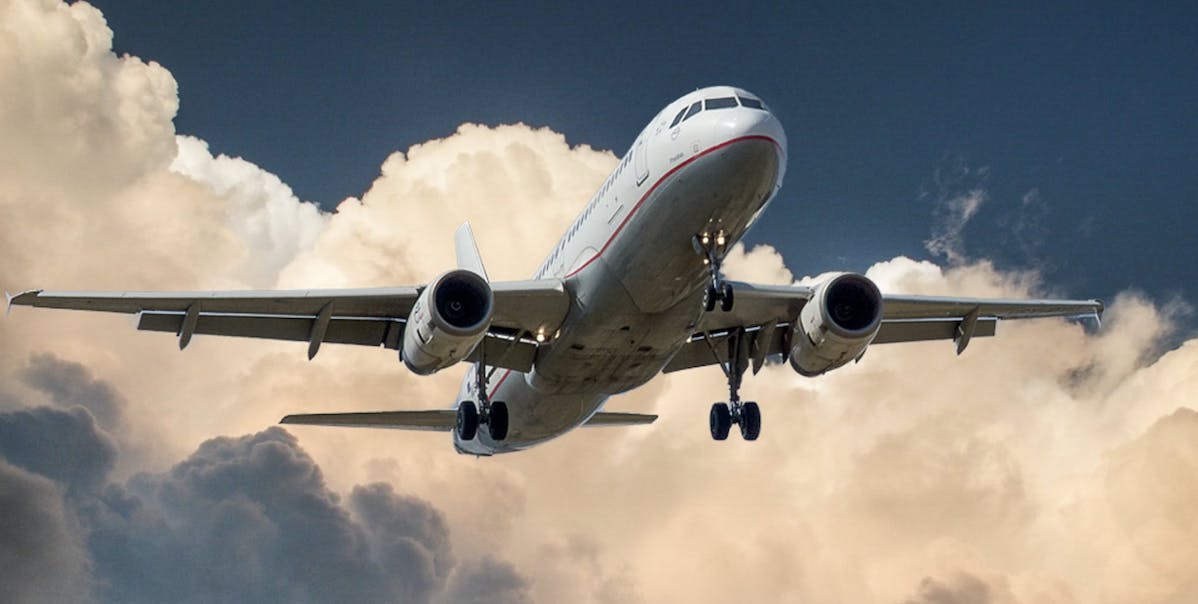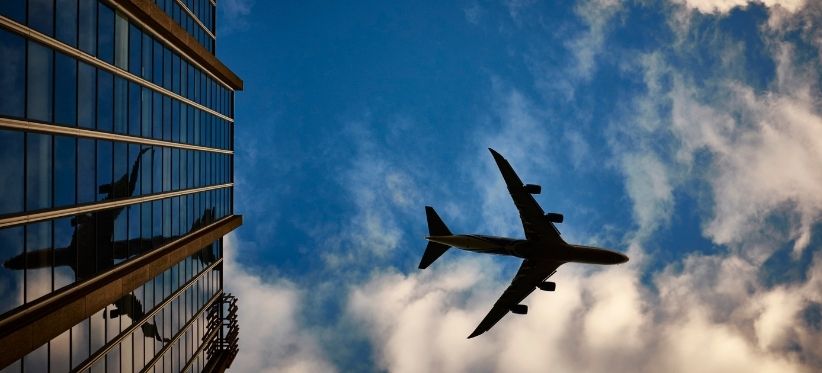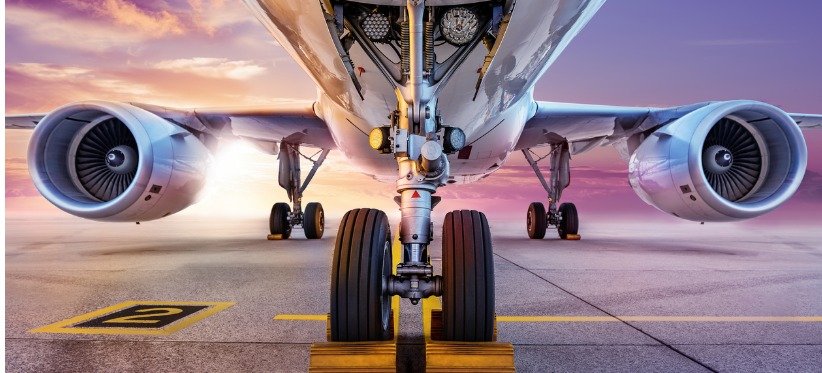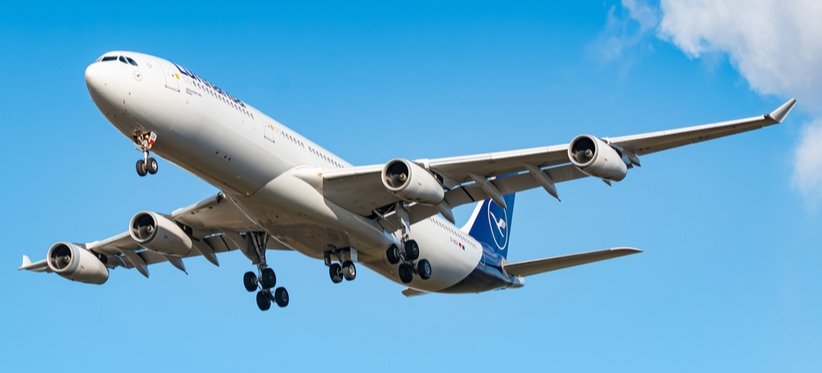It is only September, but the challenges of surviving the forthcoming winter season were highlighted over the weekend by the collapse of Philippine Airlines, who filed for bankruptcy. It has been a sad but inevitable outcome for the carrier. The airline has 22 aircrafts of varying ages, sizes, engines, and conditions for sale before they relaunch in early 2022. Good luck to all the staff impacted by this development. This week also saw South African Airways confirm that they will relaunch on the 23rd of September after a fifteen-month break.
Since the first week of August, airlines around the world have cut back their planned capacity by some 100 million seats. Assume in normal times 80% of those would have been filled at an average yield of US$200, that’s US$20 billion of revenues airlines had “hoped” to see that isn’t going to happen. These numbers are before the EU recommendation to limit US traveller access, partly because of the Delta variant raging in the US, but perhaps more out of frustration at the lack of reciprocity from the US authorities.
For a while I imagine many of us assumed this would be so: The more people were vaccinated the more we’d be able to fly where we want. However, the data seems to show that it isn’t quite that simple. At OAG we’ve been looking at the correlation between vaccination rates by country and international air capacity for each country relative to where capacity was two years ago. What we see is that vaccination rates in and of themselves are not a guide to how easy international air travel is.
The ups and downs of aviation’s recovery continued this week with capacity increasing back up to 78.9 million seats a week, a modest increase of 0.7% and over half a million seats added. Is that growth cause for optimism? Well, at the beginning of July airlines were planning to operate some 93.3 million seats so reduced operational capacity by some 15% in the space of seven weeks before travel as they matched capacity to available demand. Key markets such as the US, Europe and China to virtually anywhere remain locked with no sign of anyone wishing to reopen their borders.
It’s fair to say that the airline industry has never experienced a pandemic such as Covid-19, a near global lockdown, record industry losses, no clarity about reopening requirements and a nasty virus that has now reached a Delta variant...let’s hope it doesn’t get to a United variant! In a bizarre way, Covid-19 has been both an interesting experiment and allowed airlines to transition with words such as “pivot” and “unprecedented” frequently used, and it has created some hopefully never to be repeated moments.
The news that China shut down much of its domestic aviation market at the beginning of August in response to another wave of COVID, seemingly triggered by an infected passenger who arrived from Moscow into Nanjing Airport, does not bode well for other Asian countries battling to shift from crisis to recovery mode. The Nanjing outbreak has now spread to 17 provinces across China and takes place during the peak period for domestic leisure travel.
It’s a summer of love for Greece as the masses head back to the one European country that combines sun, sea and sand with a consistent message that its borders are open to tourists. While across Europe scheduled airline capacity lingers at around 31% below where it was two years ago, Greece has bucked the trend with capacity for August 2021 now on a par with a typical pre-pandemic August.
Marginal reductions in global capacity this week as always hide several regional adjustments in capacity as the seasonal holidays in some countries finish and authorities in some countries impose or threaten another series of restrictions. The inconsistencies in various travel restrictions imposed around the world continue to make no sense and confirm that geography was not a subject covered in the school of politics; apparently Reunion is a reason to keep France on the UK’s banned list.
Global capacity once again slipped back week on week as everyone settles down for three weeks of Olympian TV coverage and governments around the world once again stop travel, adjust their traffic lights and threaten further restrictions in the next few weeks. Despite increasing vaccination rates around the globe, booking travel remains a gamble for everyone. This week’s 81.6 million is 1.3% down on last week’s numbers and remains 31% below the same week two years ago; this is normally the busiest week of the year, read into that what you will.
It won’t come as a surprise to know that On-Time Performance (OTP) has improved with the reduction in flights, particularly at the scale of reduction that the aviation industry is currently experiencing. Taxiways are not congested, airports are not operating at capacity, and airspace is currently unconstrained – essentially many markets still remain closed to each other, and people are not yet free to travel without a complicated set of quarantine and testing requirements.
The headline data looks encouraging, another 3.1 million more seats operating than last week, 4.1% growth week-on-week and global capacity now at 78.6 million. For context that is “only” 40 million fewer than the same week in 2019 although some 29 million ahead of the same week last year so that is positive. In line with continued lockdowns and confusion over travel requirements, a further 8 million seats have been removed by airlines for sale during the rest of July and a further 6.7 million for August. The chances of saving the summer for the airline industry have all but disappeared.
In a normal year, this is when airlines bank as much cash as possible storing every possible penny away for the winter season; aviation has always been seasonal, and capacity moves from market to market as temperatures rise and drop. One of the most lucrative markets is the Transatlantic and this year full access to that market is more vital than ever, otherwise why would all the major legacy airline CEOs gather to lobby politicians.
Following last week’s lack of activity, airlines have been adding capacity back over the last seven days as the weird and wonderful world of commercial aviation continues its slow recovery. In a week when Qantas can offer pleasure flights to the moon but cannot cross more than the New Zealand border and where Wizz Air realised that competing in some domestic markets is not worth the hassle, global capacity grew by some 6.4% week-on-week.
Over 1,400 new air routes have been scheduled to operate in 2021, the highest for a number of years, undoubtedly reflecting both the current uncertainty and a desire from some airlines to use this period to experiment with their networks. Amongst all of the bad news and route losses, airlines’ appetite to experiment has to offer a glimmer of hope for regional airports, who most typically benefit from this type of airline network experimentation.
Although global capacity remains broadly flat week-on-week with some 62.1 million seats scheduled, a slight decline on last week it has been a busy week in terms of market sentiment and expectations for the Summer Season. Whilst the US domestic market continues to grow, and passenger throughput as measured by the US TSA hovers around 65% of 2019 levels the rest of the world seems to be struggling once again.
A collective whip around amongst European-based airlines has raised the cash to buy a new set of light bulbs and the UK Government has finally run out of excuses; this week they will announce the easing of travel restrictions from the UK, or at least they should be.
Domestic airline capacity, and TSA volumes, a proxy for flight demand have increased significantly in the last few months and forward-looking airline capacity data is extremely positive; exciting times (at last) but what can we read in the schedules data and looking forward what is all of this likely to mean in the coming years. We’ve had a look at some key data points. In January 2020, surrounded by uncertainty, limited confidence in vaccine roll out programmes and Covid-19 infection rates, US airlines were naturally cautious but equally thinking positively about the first half of the year. In truth, the first quarter of 2021 was a damp squib, the second quarter looks a bit soft but better than Q1 with increasing confidence about the second half of the year.
The headline numbers suggest that global airline capacity has seen a slight recovery back to 61.9 million seats this week, a 1.2% increase. However, as the weekly airline capacity was being finalized further significant capacity cuts were yet to be supplied by many of the major Indian airlines and Fiji was about to enter a lockdown; the Fiji numbers are minor but India normally accounts for around 2.6 million seats so in truth global airline capacity is probably down week on week. Hopes for that airline capacity bounce we are all hoping for and subsequent release of pent-up demand remain some way off.
Another one million additional seats added back week-on-week, carry on at this rate and capacity will be back to pre-pandemic levels by this time next year; if only it was that simple. Whilst the recent pattern of capacity growth is positive, new spikes of COVID in Eastern Europe and particularly Lower South America continue to cause concern whilst Japan’s airlines have announced capacity cuts of over 30% for April across their domestic networks.
Optimism continues to build in the recovery with weekly capacity increasing once again week-on-week with some 57.9 million seats or nearly 58 million planned over the next seven days as the Summer Season is now only two weeks away. It may only be a 1.4% increase on last week’s capacity and we remain at 54% of pre COVID capacity levels but a steady climb in the right direction appears underway. In March some 19,502 unique airport pairs will be operated by the 407,500 scheduled flights delivering an average frequency of 25 flights per route; it’s amazing what trivia numbers can produce!







